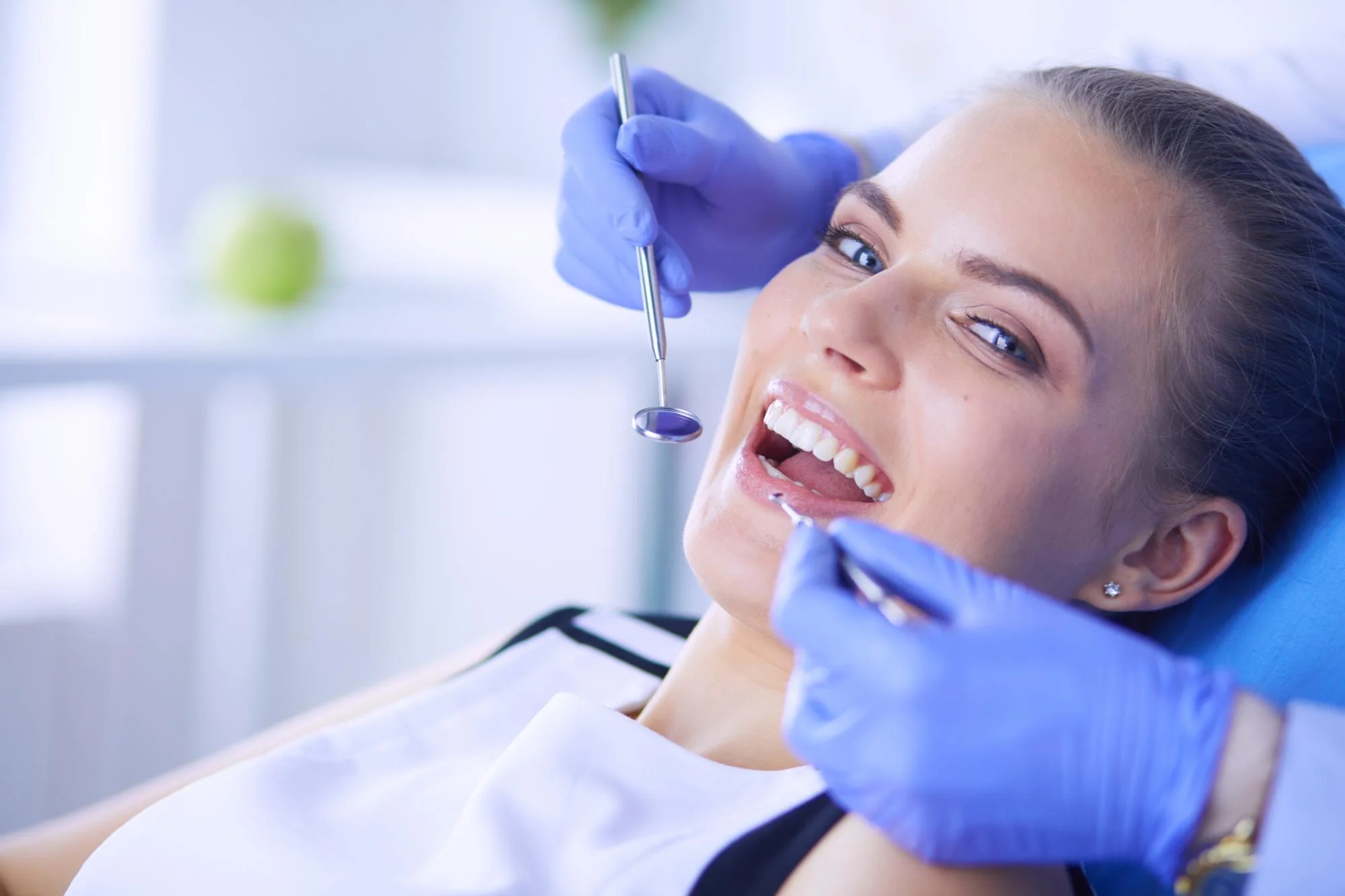Keywords
1. Enamel Hypomineralization
2. E-max Prosthesis
3. Dental Esthetics
4. Ceramic Veneers
5. Smile Rehabilitation
The journey towards a confident smile can be long and arduous for many, especially those afflicted with developmental enamel hypomineralization (DEH). This dental condition, characterized by compromised enamel quality, results in areas of opacity and reduced translucency, which can significantly impact an individual’s self-esteem. However, modern dentistry offers a solution to this esthetic challenge: lithium disilicate (E-max) prosthesis.
A case report published in The Saudi Dental Journal (2020) by AlHanouf M. Alkaabi et al., provides compelling evidence of the transformative effects of E-max prosthesis on esthetic smile rehabilitation. The report, titled “Esthetic smile rehabilitation of enamel hypomineralized teeth with E-max prosthesis: A Case report” (DOI: 10.1016/j.sdentj.2019.02.017), arms dental professionals with the knowledge to effectively manage the esthetic demands of patients with DEH.
The study was conducted by a team of dental researchers at the College of Dentistry, Imam Abdulrahman Bin Faisal University, Dammam, Saudi Arabia. It underscores the superior properties of lithium disilicate E-max in esthetic treatments, particularly in cases where traditional methods might fall short in addressing the patient’s smile aesthetics adequately.
The article outlines the treatment of a patient presenting with significantly hypomineralized teeth. The team employed E-max crowns and veneers, showcasing their adeptness in blending restorative properties and aesthetics. Crown lengthening was also performed to achieve ideal gingival contours, further enhancing the smile’s appearance.
The success of this case is attributed to the meticulous planning and execution of a multi-disciplinary approach, tailoring to the unique needs presented by enamel hypomineralization. The E-max prosthesis was chosen due to its exceptional translucency, strength, and compatibility with the natural tooth structure.
Enamel hypomineralization, as highlighted by Jälevik & Norén (International Journal of Paediatric Dentistry, 2000), is often a source of both functional and esthetic concerns. Early diagnosis, as emphasized by Garg et al. (International Journal of Clinical Pediatric Dentistry, 2012), is crucial for the effective management of this condition—underscoring the importance of public awareness and professional vigilance.
Dental ceramics have evolved significantly, as explored by Kelly and Benetti (Australian Dental Journal, 2011). Lithium disilicate’s introduction to the market revolutionized the esthetic outcomes possible for compromised teeth. The case report aligns with the narrative that contemporary ceramic materials provide unparalleled results in restoring smiles.
The choice of E-max is further supported by the work of Succaria and Morgano (Saudi Dental Journal, 2011) who discuss the merits of prescribing dental ceramics based on their properties, such as zirconia versus lithium-disilicate. The translucency and color-matching capability of E-max make it superior for anterior restorations where esthetics take precedent.
In smile rehabilitation, the anatomic mock-up is a critical precursor to predictable treatment outcomes, as Manuel S. Thomas and David K. emphasize in the Journal of Interdisciplinary Dentistry (2014). A mock-up was undoubtedly a part of the treatment plan in Alkaabi et al.’s case report, ensuring a satisfactory outcome for the patient.
Moreover, the team’s approach to treating the DEH condition ties in with the holistic perspective on dental health and oral hygiene presented by Al-Ahmad et al. (Clinical Oral Investigations, 2010). Their study on changes in diet and oral hygiene illustrates the impact lifestyle has on oral health—a relevant argument for comprehensive patient education and post-treatment care.
In conclusion, the meticulously documented case report by Alkaabi and colleagues is a testament to the evolution of materials science in dentistry and its application in managing complex cases of smile esthetics. Enamel hypomineralization, once a source of stigma and diminished quality of life, can now be addressed successfully, granting patients a renewed sense of confidence.
For dental practitioners who strive for excellence in patient care, this article serves as a reminder that continued research and education in dental materials and methodologies like E-max can dramatically improve people’s lives through smile transformations. The Saudi Dental Journal, through this publication, contributes vitally to the ever-expanding body of dental science, encouraging further studies and advancements in the field.
References
1. Alkaabi, A. M., AlHumaidan, A. A., AlQarawi, F. K., AlShahrani, F. A. (2020). Esthetic smile rehabilitation of enamel hypomineralized teeth with E-max prosthesis: Case report. The Saudi Dental Journal, 31(Suppl 2019), S106-S111. DOI: 10.1016/j.sdentj.2019.02.017
2. Jälevik, B., & Norén, J.G. (2000). Enamel hypomineralization of permanent first molars: A morphological study and survey of possible aetiological factors. International Journal of Paediatric Dentistry, 10(4), 278-289. DOI: 10.1046/j.1365-263x.2000.00211.x
3. Garg, N., Jain, A. K., Saha, S., & Singh, J. (2012). Essentiality of early diagnosis of molar incisor hypomineralization in children and review of its clinical presentation, etiology and management. International Journal of Clinical Pediatric Dentistry, 5(3), 190-196. PMC4155885
4. Kelly, J. R., & Benetti, P. (2011). Ceramic materials in dentistry: Historical evolution and current practice. Australian Dental Journal, 56(1), 84-96. DOI: 10.1111/j.1834-7819.2010.01299.x
5. Succaria, F., & Morgano, S. M. (2011). Prescribing a dental ceramic material: zirconia vs lithium-disilicate. Saudi Dental Journal, 23(4), 165-166. PMC3723107
